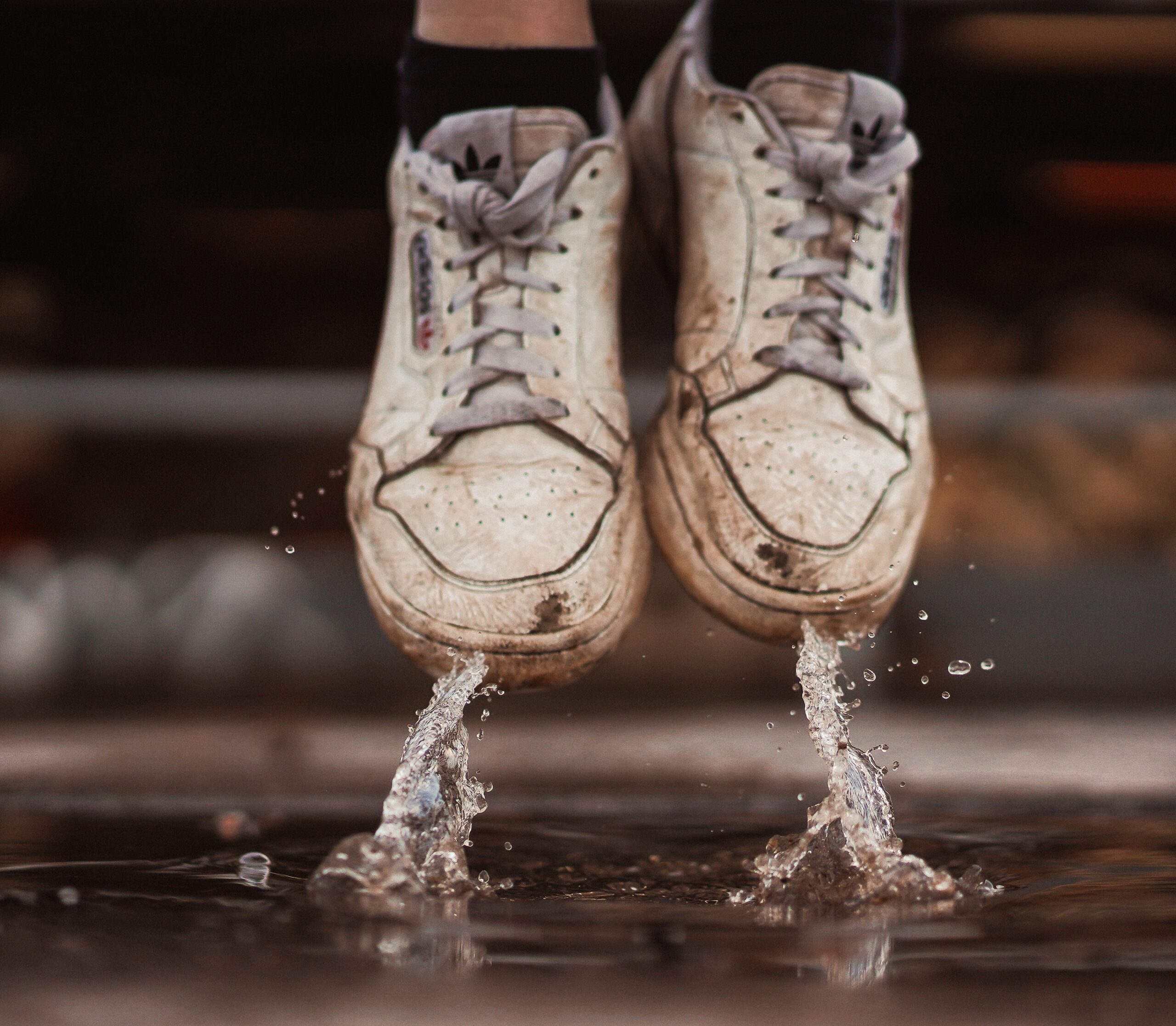No. 32: Install a greywater recycling system for irrigation
No. 32: Install a greywater recycling system for irrigation
Number 32
Installing a greywater recycling system for irrigation can reduce water usage, decrease utility bills, and conserve natural resources by reusing wastewater. This environmentally-friendly solution benefits the planet and saves money in the long run.
Learn why you should do this:
As schools look for ways to reduce their environmental impact, one solution is to install a greywater recycling system for irrigation. Greywater is wastewater from sources such as sinks, showers, and washing machines that can be treated and reused for non-potable purposes such as irrigation. By using recycled water for irrigation, schools can save on water bills and reduce the demand for potable water, a precious resource in many regions.
The installation of a greywater recycling system for irrigation can also have significant environmental benefits. According to the EPA, outdoor water use accounts for about 30% of total household water use, and much of this water is used for irrigation. By using recycled water, schools can reduce their demand for potable water and alleviate the strain on local water supplies. Additionally, recycling greywater can help reduce the amount of wastewater that is discharged into local waterways, protecting aquatic ecosystems and reducing the need for costly wastewater treatment.
There are also financial benefits to installing a greywater recycling system. By reducing the demand for potable water, schools can save money on their water bills. According to the Greywater Action organization, a greywater system can save up to 40% of indoor water use, which can lead to significant savings on water bills. Additionally, many municipalities offer rebates or incentives for installing greywater systems, which can help offset the initial costs of installation.
When considering the installation of a greywater recycling system for irrigation, it is important to ensure that the system is designed and installed correctly. According to the EPA, improperly designed or maintained greywater systems can pose health risks and cause environmental harm. Schools should work with a licensed professional to ensure that the system is safe, effective, and in compliance with local regulations.
One example of a school that has successfully implemented a greywater recycling system is the Sacred Heart School in California. The school installed a greywater system for irrigation in 2012 and has since saved over 200,000 gallons of potable water per year. The system cost about $15,000 to install, but the school received a rebate from the local water district that covered about 50% of the cost.
Another example is the University of California, Santa Barbara, which installed a greywater system for landscape irrigation in 2012. The system cost about $180,000 to install, but is expected to save the university about 5 million gallons of potable water per year, resulting in significant cost savings.
In conclusion, installing a greywater recycling system for irrigation can have both environmental and financial benefits for schools. By reducing the demand for potable water and protecting local water supplies, schools can help to preserve this precious resource for future generations. Additionally, by saving on water bills and taking advantage of rebates and incentives, schools can save money while reducing their environmental impact.
Sources:
-
Karamouz, M., Nazif, S., & Akbarzadeh, A. (2019). Greywater recycling system for irrigation purposes: A review. Journal of environmental management, 234, 326-340. https://doi.org/10.1016/j.jenvman.2018.12.038
-
Heidari, A., & Karimi, H. (2016). The potential of using greywater in school gardens as a measure of water conservation. Journal of Cleaner Production, 112, 4163-4172. https://doi.org/10.1016/j.jclepro.2015.09.015
-
United States Environmental Protection Agency. (n.d.). WaterSense at Work: Best Management Practices for Commercial and Institutional Facilities. https://www.epa.gov/sites/default/files/2017-07/documents/watersense-at-work-bmp-guide-508_0.pdf
-
Rijal, K., & Kohl, H. (2015). Greywater recycling in schools: A case study in Kathmandu Valley. Journal of Water Reuse and Desalination, 5(3), 346-354. https://doi.org/10.2166/wrd.2014.177
-
Al-Zahrani, M. A., Mosa, A. A., & Abualhamayel, M. N. (2018). Greywater recycling for irrigation purposes in public schools in Saudi Arabia. Journal of King Saud University-Engineering Sciences, 30(1), 52-58. https://doi.org/10.1016/j.jksues.2016.11.002

All 100 ideas in one, easy to share ebook. Download now and start helping your school be its best version of itself...
Downloaded over 17,000 times!

More ways to make a difference, now!
No. 98: Allow only reusable dishware at school
Number 98 Using reusable dishware at schools has many benefits, including reducing waste, lowering costs, and promoting sustainability education. Research shows that switching to reusable dishware can have a significant positive impact on the environment and finances...
No. 74: Set up beehives in the school grounds
Number 74 Setting up beehives on school grounds can have numerous benefits, including environmental, educational, and financial advantages. The presence of bees can help to support local ecosystems, provide opportunities for student learning, and even generate revenue...
No. 50: Use food waste digesters for fertilizer
Number 50 Food waste digesters are an effective solution to reduce food waste and produce high-quality fertilizer for schools. This sustainable system not only benefits the environment by reducing greenhouse gas emissions, but it also saves schools money on waste...





